Today, companies have to shine and sparkle to attract suitable candidates. A good salary is not enough anymore. Your organization must have a good culture, benefits, flexibility, reputation, and more if you want to land premium talent.
Employer branding is the practice of continually exposing potential employees to employer-positive signals. This guide will tell you what employer branding is and what exactly you need to do to ace it.
What employer branding is not?
Employer branding is not just a logo, tagline, or even a fun employee event you organized and boasted about on your social media. For employer branding to be effective, the employer’s messaging should be clear, consistent, and communicated through the proper channels.
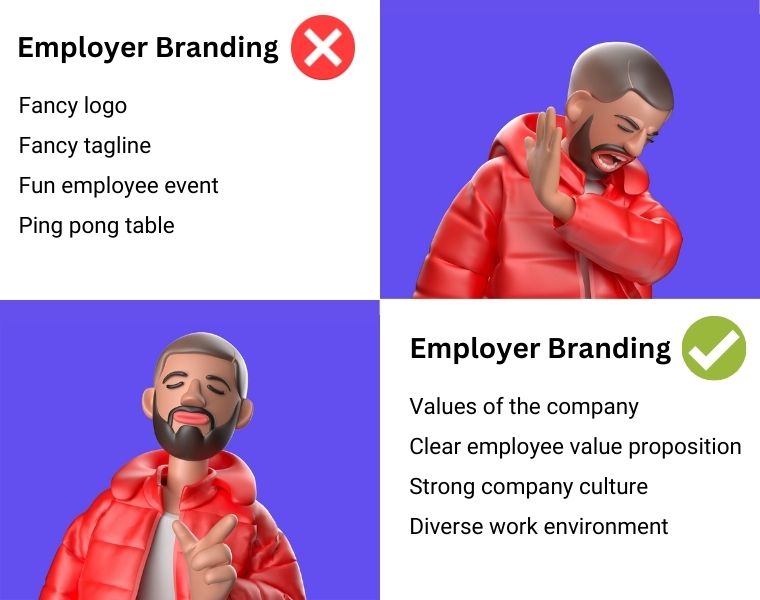
For example, Apple’s brand is not the bitten apple or Steve Jobs’ signature black and gray attire or its tagline ‘think different.’ Apple’s brand is bringing innovation to your hands and delivering the most robust security system you can have in a phone. Everything from the logo to the tagline to the ads, in their own way, remind you of this message.
How to build an employer brand?
Step 1: Understand the end goal
Know your company goals
You need to know the end goal of your company’s employer branding endeavors. That is, you need to know what your organization’s hiring needs are, what kind of candidates will fit your company the best, and what you need to do to acquire that talent.
Start by asking yourself why exactly you need to hire people, why you need to hire a specific kind of person, and why you need to invest in order to hire them.
Do not copy others
When doing employer branding, it is easy to get influenced by other companies. If a big brand in your industry is using quirky social media-based targeting, you may think it’s safe to assume you should do it too.
However, that is not the case. Your company has unique needs and access to different resources. You should analyze both and create a unique employer branding strategy.
Build an ideal candidate profile
As discussed in the last point, do not hire the kind of candidates other people are hiring. Create your own ideal candidate profile (more on this in next point).
Filling in the following details (and other relevant details) to make an ideal candidate profile.
- Specialization
- Necessary skills
- Experience level
- Attitude points
Step 2: Create an employee value proposition
An employer value proposition or EVP is an important function of employer branding. Employee value proposition is used to attract and retain desirable talent. As the name suggests, employee value proposition highlights the value any person would derive from being an employee of a company.
How to create an EVP?
Take the following steps to create an employee value proposition that fits your company.
- Define your business type, requirements, and structure.
- Look inward and identify the employees that are your ideal hires. These are the people who are in your organization for the right reasons. That is, they are working at a company not just because of good pay but also the culture, mission, vision, and company goal. Now look at the outside world and see which candidates have similar motivations.
- Talk to the ideal candidates and your own ideal hires and see exactly what their requirements are.
- Formulate an employee value proposition based on your budget and resources. Your EVP can have anything from remote work to benefits to flexible hours, etc.
- Decide how you want to communicate your EVP to candidates. Just because other brands are running funny and quirky campaigns does not mean you have to. Find communication channels that directly relate to your target candidate pool. For example, if you are targeting candidates who have 10+ years of experience, it is smarter to target them through LinkedIn ads and not a Twitter campaign.
An example of a good EVP is Cutshort. Cutshort’s EVP is complete freedom and ownership over what you want to do at the organization. Their main goal is to help every single employee achieve their full potential. Cutshort wants to be the best at the business and focuses first and foremost on learning.
Step 3: Conduct an employer brand audit
An employer brand audit is used to get an in-depth overview of all your recruitment efforts. You can conduct it to learn about the kind of employer branding you have been doing so far and the kind of message is getting across to potential candidates about your organization.
To conduct an employer brand audit, take the following steps.
- Ask specific questions: Every research starts by asking the right questions. Here are a few questions you can start with.
- What is your messaging to candidates?
- What kind of social media presence does your employer brand have? (this doesn’t just include what your company puts out but what others are saying about your company online)
- What is your application process like? Is it candidate-friendly or challenging?
- What is the experience of most candidates when they interview with your organization?
- How does your team follow up after the hiring process is done? Do your recruiters respond to rejected candidates, or are they ghosting them?
- What is the employer branding strategy of your competitors?
- What are the things you should stop doing, and what are the things you should continue doing?
2. Set up your audit framework: It is crucial that your brand audit is properly conducted and everything is recorded for future reference.
To set up an audit framework, do the following:
- Create a centralized location to store and organize audit files.
- Make sure all team members can access and contribute to files.
- Organize folders in a way that makes sense for the audit (e.g., website, social media, recruitment process, candidate experience)
- Create an audit tracking template (e.g., spreadsheet, Word document) to record and analyze findings.
3. Do competitor analysis: Doing competitor analysis is vital to understand where your employer brand stands with respect to the competition. Here is how you can conduct a competitor analysis.
- Organize competitors into categories such as local competitors, industry competitors, candidate pool competitors, etc.
- Study their brand messaging.
- Try to learn what their interview process is like and what the candidate feedback is for them by using platforms like Glassdoor, Ambitionbox, etc.
4. Study all communication channels: There are various things you can analyze to understand what your brand is like. Consider studying the messaging delivered through these channels.
- Job portals: What platforms are you using for recruitment? Do they have employee-friendly features? Are they easy to use and have a good candidate pool?
- Careers site: How effective is your careers website in promoting your company and employer brand? Does it feature attractive visuals and a positive user experience? Is it search engine optimized and mobile-friendly?
- Employer content: What methods are you utilizing to convey your employer brand? How are you utilizing it? Are the message and tone consistent across all content? Are there opportunities to be more creative or innovative with your content?
- Hiring process: Can you evaluate the ease and speed of the application process? How frequently are you in touch with potential candidates? Are there any issues with candidates dropping out during the process? If so, at what point? What feedback are current candidates and newly hired employees providing about the candidate experience?
- Social media presence: What are your strategies for sharing employer messaging through social media? How do you engage with potential candidates on social media? What are candidates saying about your company on social media? How active is your company on social media platforms?
Step 4: Create a more diverse and inclusive workplace
A diverse and inclusive workplace values and actively promotes fundamental differences among its employees, including but not limited to race, age, ethnicity, gender, disability, sexual orientation, religion, and socio-economic background.

A diverse workplace helps a company avoid biases and discrimination in its hiring, promotion, and treatment of employees. It is more representative of the general population and, therefore, better equipped to serve a diverse customer base.
From an employer branding perspective, a company that values and promotes diversity and inclusion can attract a wider pool of potential candidates from diverse backgrounds. This can help a company stand out as an employer of choice among a diverse group of job seekers.
A diverse workforce can also help to create a positive and inclusive image for the company. A company that values diversity and inclusion is perceived as open-minded, progressive, and socially responsible, which can be attractive to potential employees, customers and partners.
How to make a workplace diverse and inclusive?
There are steps you can take to make your organization’s workplace more diverse and inclusive:
- Establish clear diversity and inclusion policies: Have clear policies in place that outline its commitment to diversity and inclusion. Plus, penalize discrimination and harassment based on any protected characteristic.
- Encourage diversity in recruitment: Actively recruit candidates from underrepresented groups and implement blind recruitment practices that remove bias from the hiring process.
- Provide diversity and inclusion training: Provide training to your employees on relevant subjects like unconscious bias, cultural competence, and creating an inclusive environment.
- Foster a culture of inclusion: Create an environment where everyone feels valued and included. This can include regular communication and feedback, recognition of different perspectives, and promotion opportunities for employees to share their stories and experiences.
- Measure and track progress: Track and measure its progress on diversity and inclusion initiatives and use this data to identify areas for improvement and make adjustments as needed.
Step 5: Allow employees to create a personal brand on Company Hours
A personal brand is a unique combination of experiences, skills, attitudes, and values that make up an individual’s professional identity. Everyone needs a personal brand today. Hence, you can make yourself stand out by allowing and encouraging employees to create and amplify their personal brands.
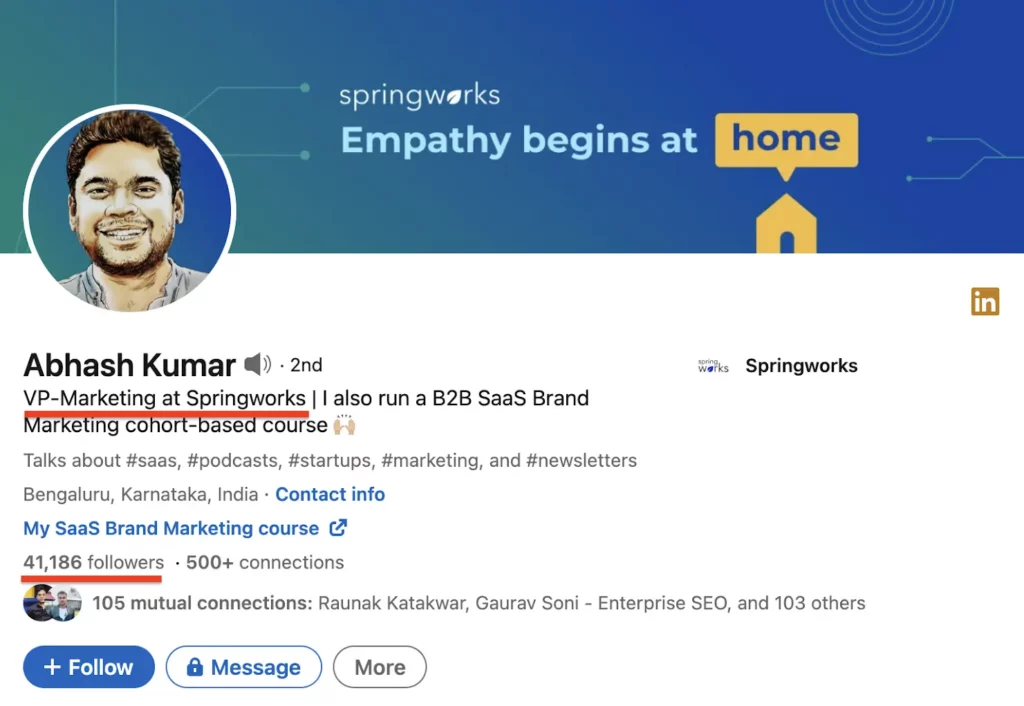
Abhash Kumar, with 41,186 followers on Linkedin. Building his personal brand and simultaneously promoting Springworks
This encourages employee advocacy and motivates people to appreciate the organization publicly. With the amplification and recognition of the employee’s personal brand, your company’s own brand also gets recognition.
Step 6: Leverage platforms and social media
Social media and online platforms allow companies to reach a wide and diverse audience. This can help to attract potential candidates from a variety of backgrounds and increase the visibility of the company as an employer of choice.
Here are a few ways in which you can leverage platforms and social media to amplify your employer brand.
1. Smart employer branding platforms
Use smart and intuitive career platforms to ensure ideal candidates get to know about your company and job openings at the right time. For example, Cutshort’s platform uses AI to connect candidates with the right profile to employers who specifically need certain skills and experience. Cutshort’s process is seamless and feels organic. The result is an optimal recruitment process for both the company and the candidate.
2. Glassdoor and social media
Start with ensuring your company is presented well on company review platforms like Glassdoor and Ambitionbox.

Next, use social media to connect to potential candidates who are not consciously looking for a job but in the future might be a good fit for you. Here is how you can leverage social media.
- Company culture: Use social media to showcase the company culture and values. This can include photos and videos of team events, office tours, and employee testimonials. You can use platforms like Linkedin, Instagram, Twitter, Facebook, etc., for this.

- Employee engagement: Use social media to engage with employees. This can include creating employee groups and communities, hosting Q&A sessions, and sharing employee success stories.
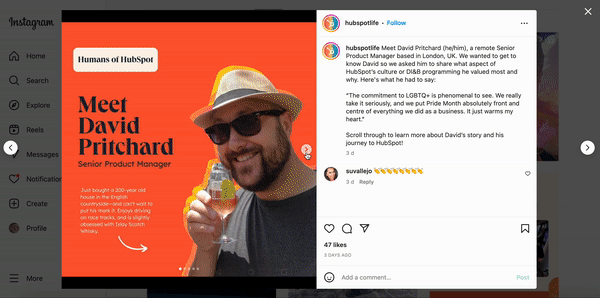
- Employee-generated content: Encourage employees to share their own stories and experiences on social media. This can include photos and videos of the office, team events, and personal testimonials about working at the company. This is where their personal brand will benefit you.
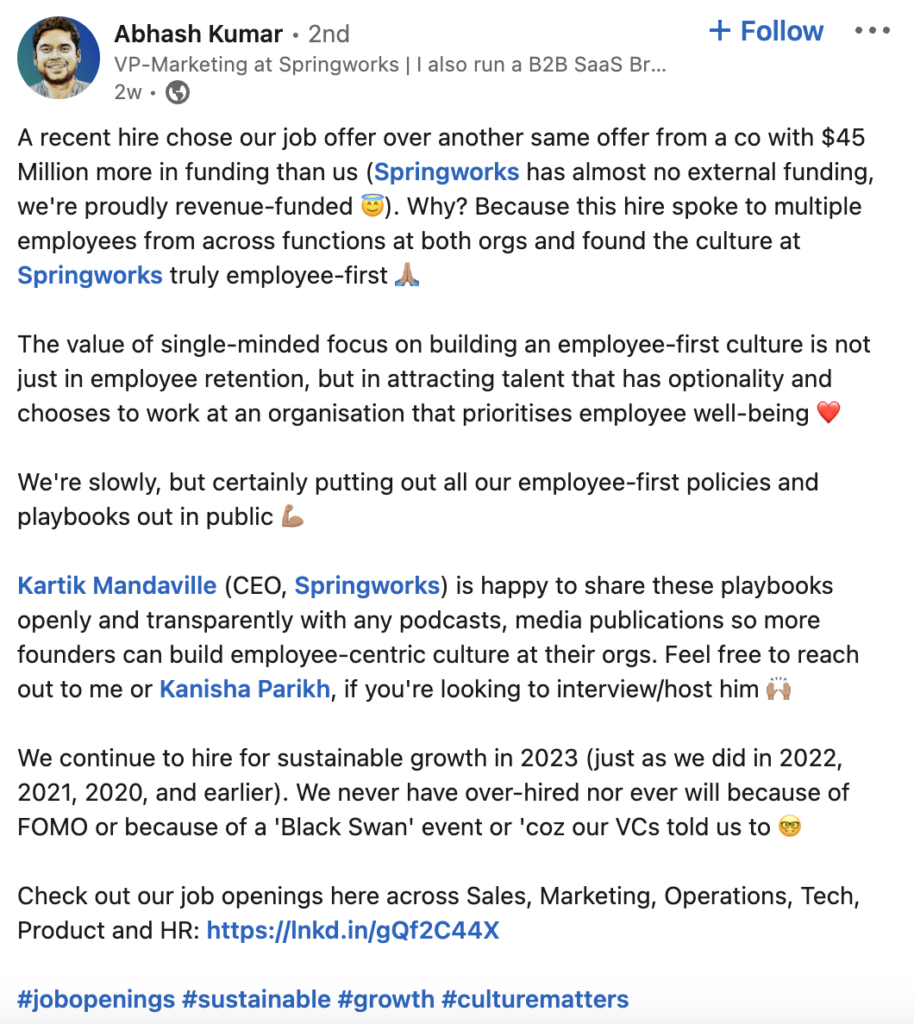
3. Use Content Marketing
By creating valuable and engaging content, a company can attract top talent by showcasing its culture, values, and opportunities. This can include creating blog posts, videos, and infographics that highlight the company’s mission, values, and the benefits of working there. It is a cost-effective way to reach a large audience and promote the company as an employer of choice without significant investment.
Here are a few channels you can use to put out employer branding content.
- Company blog/website
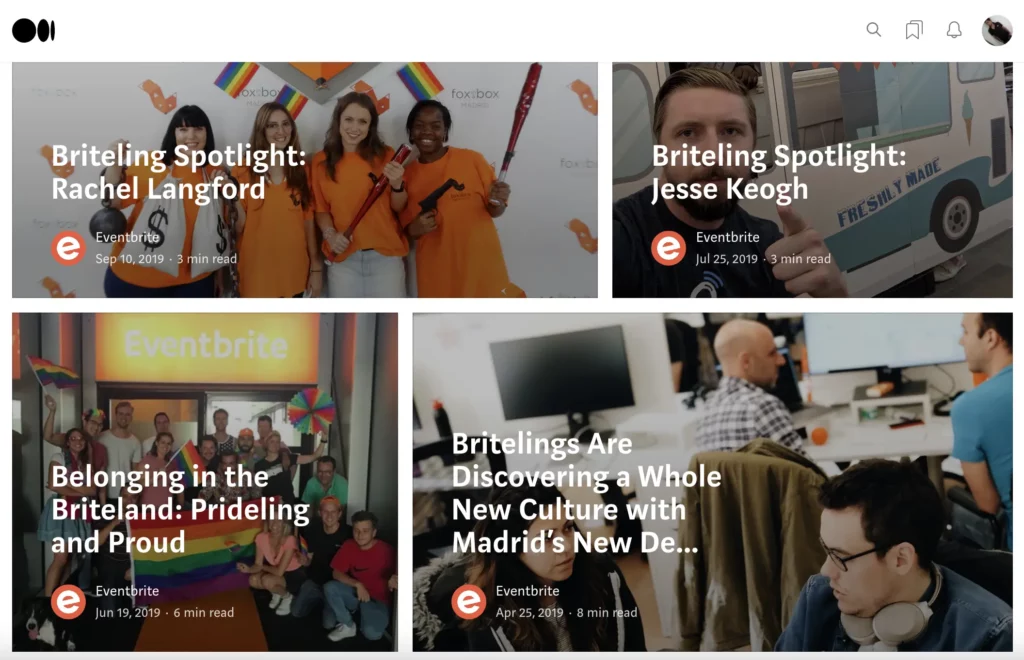

- Company social media

- Youtube videos
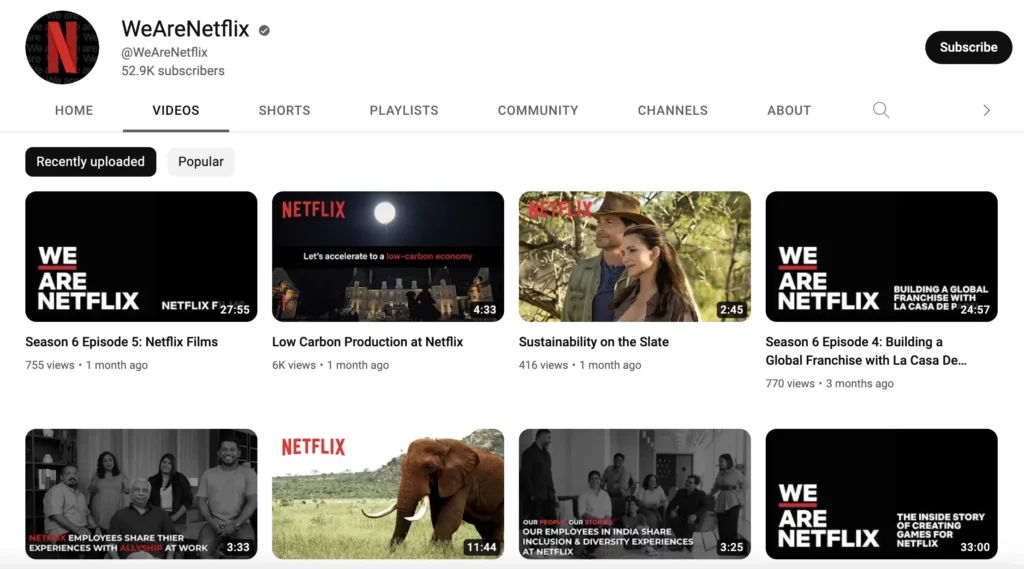
- Podcasts on Spotify, Soundcloud, or Anchor
- Email marketing
What kind of content should you publish?
- A blog about your company’s employee value proposition.

- Employee’s stories and testimonials

- Opinion pieces from company leaders
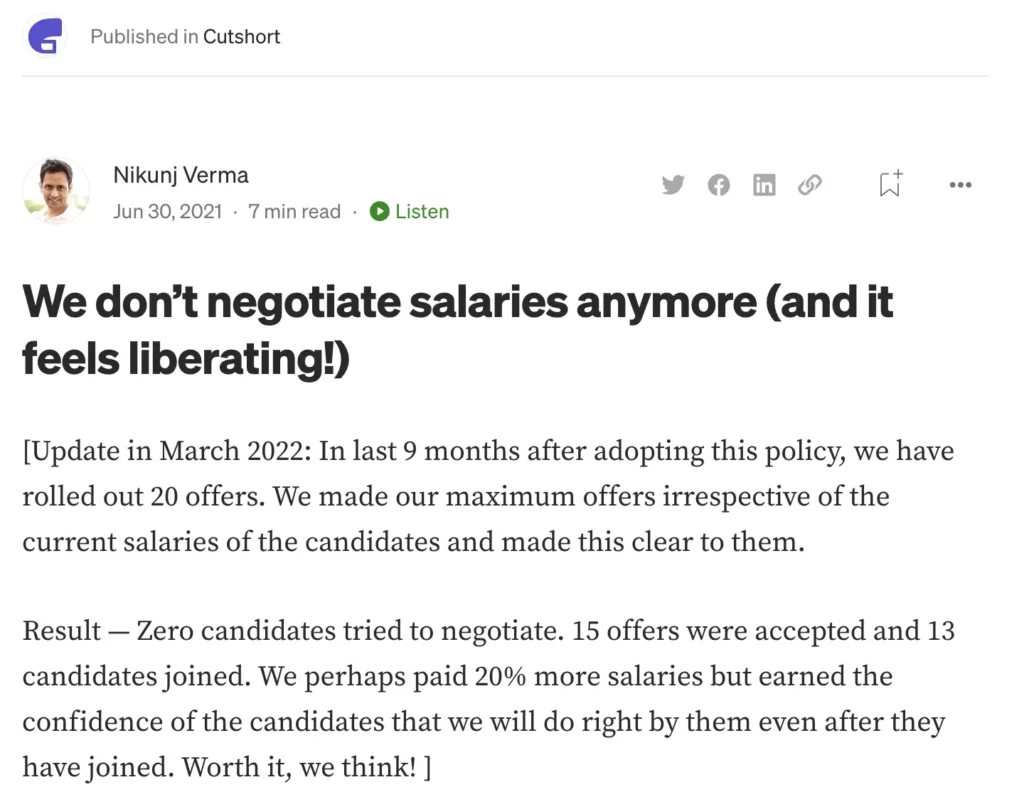
Employer Branding Example
One great example of employer branding is Lijjat Papad.
Lijjat Papad is a well-known Indian brand that produces and sells papad (a type of Indian snack). It is known for its commitment to empowering women and promoting sustainability. It has been in the market for several decades and has built a strong reputation as a socially responsible and ethical brand.

In terms of employer branding, Lijjat Papad is known for its focus on empowering women and providing employment opportunities to them. The company’s vision is to empower women and provide them with economic independence, and it achieves this by providing employment opportunities and training to women from lower socio-economic backgrounds. This has helped Lijjat Papad to build a strong reputation as an employer that values diversity and inclusion and is committed to making a positive impact on society.
How to take a minimalistic approach to employer branding?
All companies have limited resources. However, startups and MSMEs deal with a more restricted budget than MNCs. Hence, it is important for them to find economical ways to do employer branding.
Here is how you can take a minimalistic approach to employer branding and build your brand on a shoestring budget.
Create a strong employee value proposition
Consult our short guide above to create a strong EVP.
Create a killer career page
To create a good career page for your company, consider the following tips:
- Make it visually appealing.
- Use simple language and bullet points to communicate the benefits of working for your company.

- Describe the values and mission of your company and how they align with the career aspirations of potential candidates.
- Use quotes and short videos from current employees to give a sense of what it’s like to work at your company.

- Include information on job duties, qualifications, and the application process for each open position.
- Make sure your career page is optimized for mobile devices so that it can be accessed by job seekers on the go.
Write a blog post for target candidates
Write a blog post for all potential candidates to provide valuable information about your company culture, mission, values, and opportunities for growth and development. Blogs can also be used to showcase the company’s industry expertise, thought leadership, and innovations.
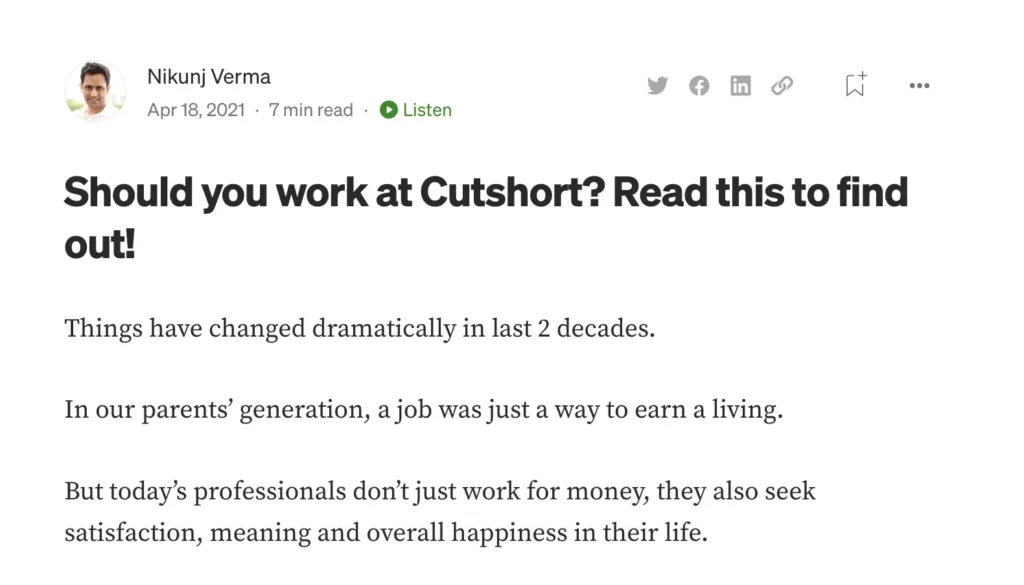
Share it online
As a last step, you need to ensure all your content is easily accessible. It should reach all potential ideal candidates and also help build your overall brand perception. You can use social media platforms and blog sites like Medium, YouTube, Spotify, etc. to communicate your brand message.
Using a platform like Cutshort is also a best practice as it directly places you in the eye line of ideal candidates.
How to measure employer branding?
By measuring employer branding, companies can identify areas where they need to improve in order to attract and retain top talent. It allows companies to benchmark their performance against competitors and identify areas where they have a competitive advantage or disadvantage.
Another and perhaps the most important reason to measure employer branding is that it can tell you your employer branding ROI. You can know exactly what you are spending per employee and what is the conversion rate for every specific amount spent.
For Candidates
1. Cost per hire
Cost per hire (CPH) is a metric used to measure the cost associated with recruiting and hiring a new employee.
Cost per hire helps companies to understand the financial impact of their recruitment efforts and identify areas where they can reduce expenses and increase efficiency. It is also a useful metric for benchmarking against industry standards and competitors.
You can measure cost per hire by dividing the total cost of the recruitment process by the number of hires made during a specific period of time. The total cost of recruitment is calculated by adding the following costs.
- Advertising costs for job postings on platforms
- Recruitment agency fees
- Employee referral bonuses
- Recruiting software or platform fees
- Travel expenses for interviews
- Background check fees
2. Qualified applicants
The qualified applicants metric is a measure of the number of job candidates who meet the minimum qualifications for a specific job opening. This metric can be used to evaluate the effectiveness of the hiring process and identify areas where the hiring process can be improved.
For Employees
1. Employee retention rates
Employee retention rate is used to measure the percentage of employees who remain with a company over a certain time period. It is calculated by dividing the total number of employees who stay with the company during a specific period by the number of employees at the beginning of that period and then multiplying by 100.
2. Employee site review and ratings
Employees flock to employee review platforms when they want to say something about an organization. These sites are great tools for gauging employee experience. If you have bad reviews on these platforms, use your brand audit information to understand the pain points which might be causing these reviews and promptly address them.
3. Employee satisfaction scores
Employee satisfaction scores are a measure of how satisfied employees are with their job and their employer. These scores are typically collected through employee surveys, which ask employees to rate their satisfaction with various aspects of their job, such as their compensation, benefits, job responsibilities, and their relationship with their supervisor or manager.
Key Takeaways
- Do not copy other companies.
- Identify what is unique in your organization and make that the focus of your brand.
- Leverage social media and job platforms like Cutshort to position your company uniquely.
- Before forming a new employer branding strategy, audit your existing brand and see what changes you can make.
- Consider your resources before spending on employer branding.
- If you cannot afford extravagant employer branding tactics, take a minimalist approach to the brand and leverage free and low-cost channels like social media, content marketing, etc.
Employer branding can have a significant impact on a company’s ability to attract, retain, and engage desirable employees. A strong employer brand can help an organization be unique in a competitive job market and attract high-quality job candidates who are a good fit for the company’s culture and values.






